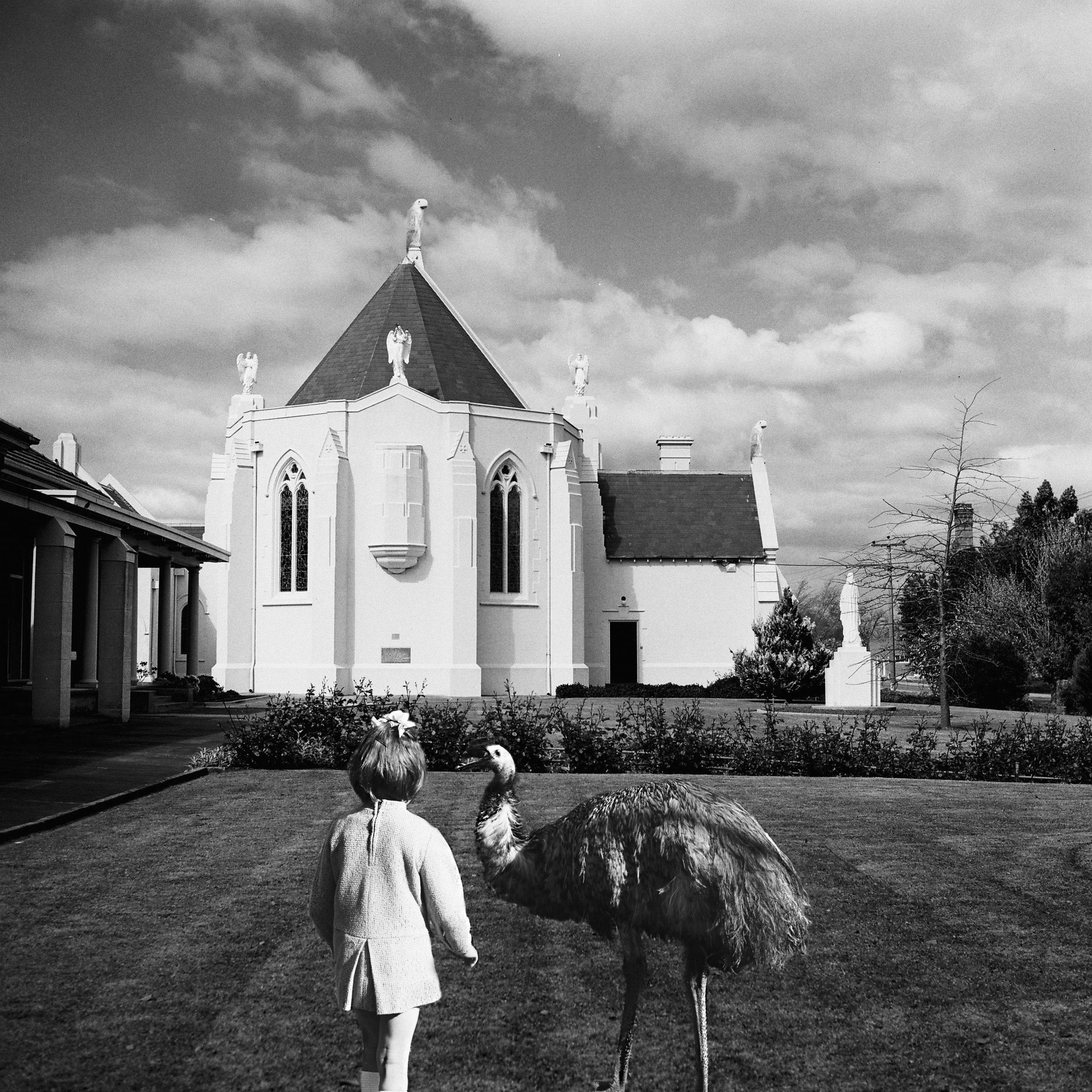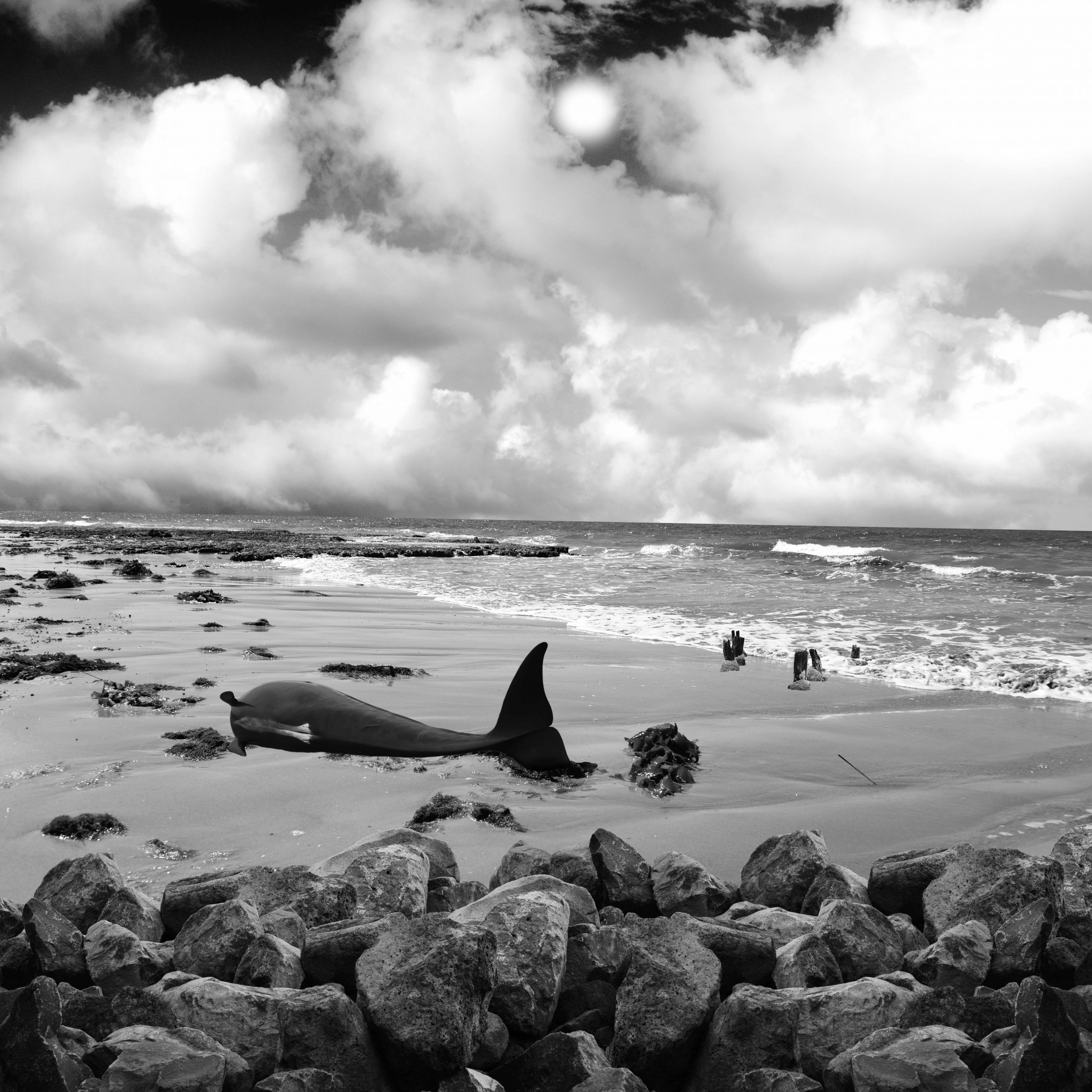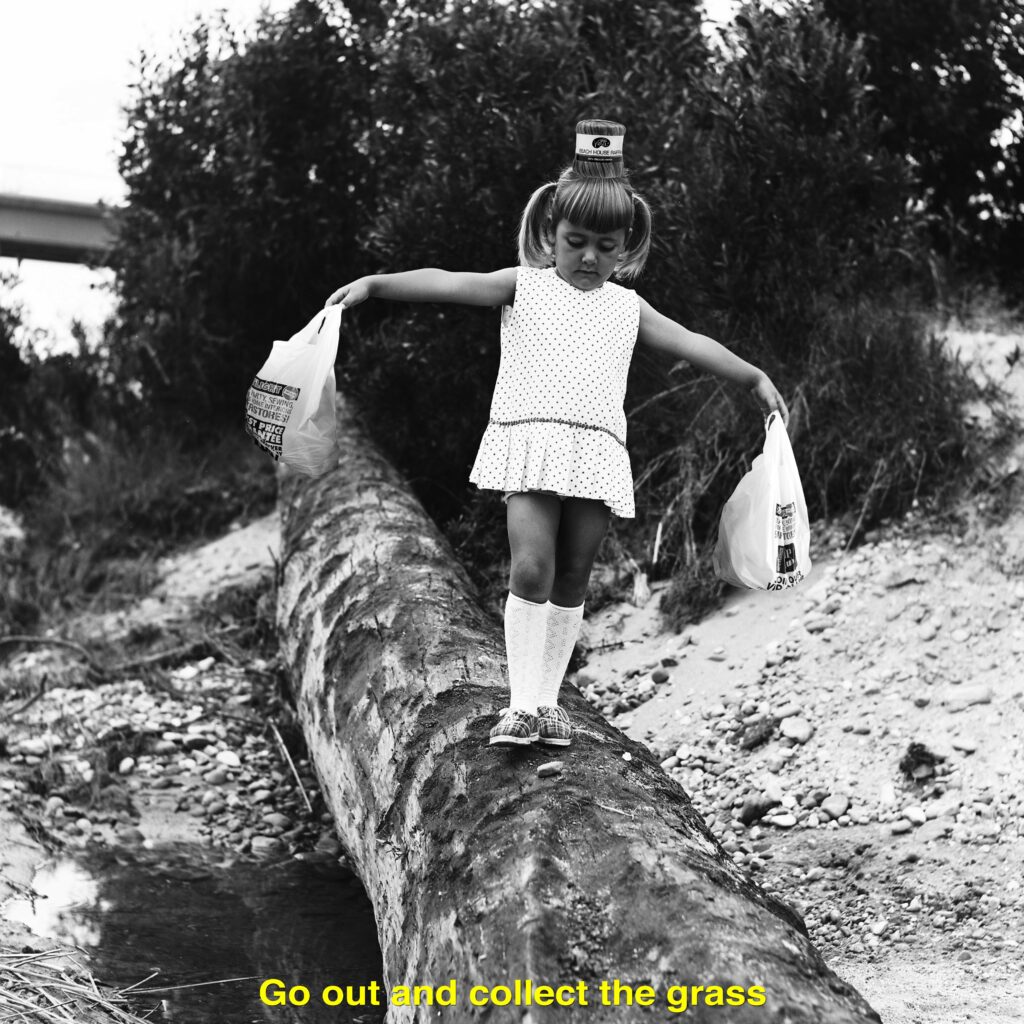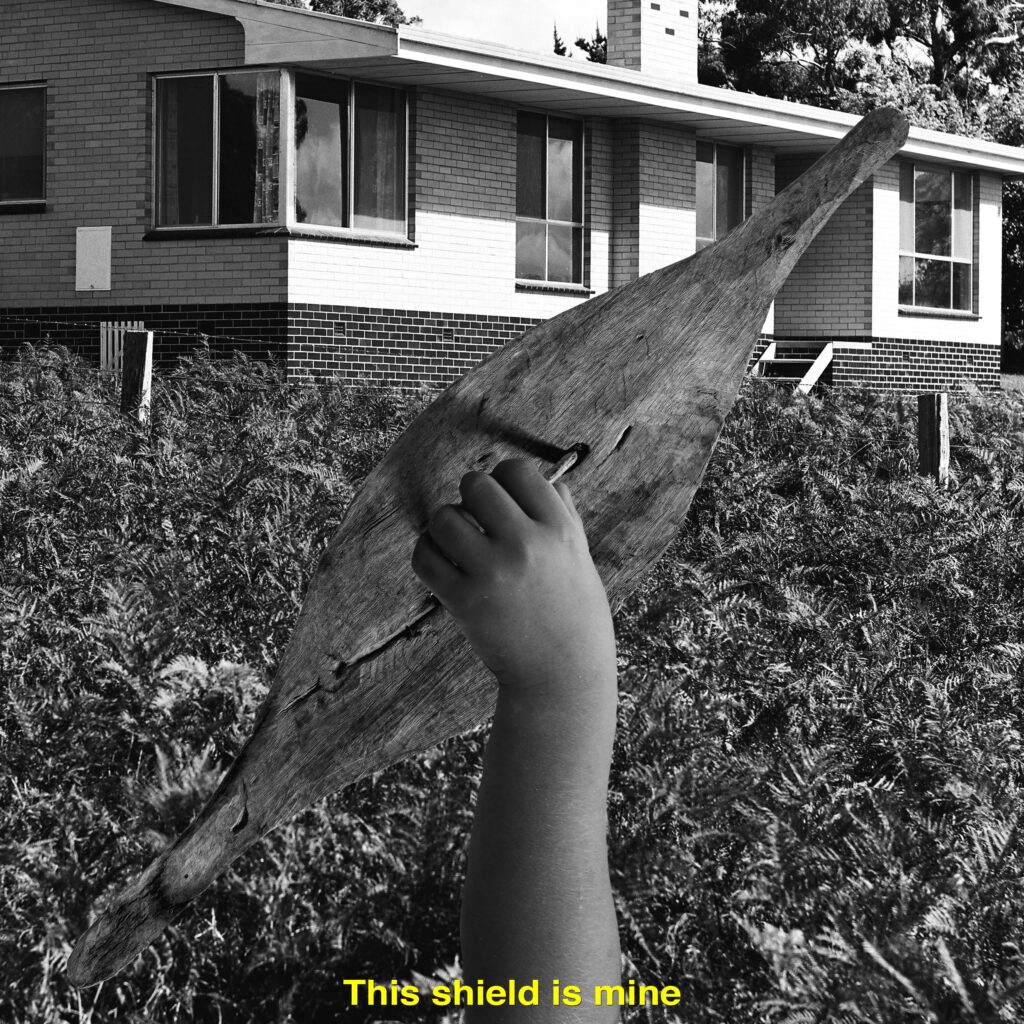Hayley Millar Baker will launch ‘There we were all in one place’ next week in Sydney at UTS Gallery. In the exchange that follows the artist discusses the show as marking a period of work that was formative as she moves into new terrain while continuing to share ‘a universal connection through a personal experience.’ The survey exhibition curated by Stella Rosa McDonald that comprises five photographic series exploring time, memory and place. The exhibition will be accompanied by an online learning experience designed by curator and educator Emily McDaniel in consultation with the artist. It is aimed at tertiary students and you can pre-register for access here. Visit from 13 April, until 4 June 2021.

How did you select or work with curators to showcase these particular bodies of work?
The five bodies of work that are being exhibited in There we were all in one place cover the previous four years of my practice from 2016 to 2019. The series selected include I’m the Captain Now (2016), Toongkateeyt Tomorrow (2017), Cook Book (2017-2019), A Series of Unwarranted Events (2018), and The trees have no tongues (2019). Between this time, I worked exclusively with inherited stories in their reauthorings.
As of 2020 my practice has changed lanes, taken a different direction, and focus, and so it made perfect sense to honour these five bodies of work by bringing them all together, for the very first time, to showcase the deeply rich stories they hold.
Do you see your work as having a utility, such as provocation, healing or knowledge sharing?
I’ve always created my work in a way that enables the viewer to take what they want, need, or can from what they are looking at. I’m not here to force anyone to see a certain way, or to push an agenda. Although all of my works are incredibly layered through context and aesthetics, it’s up to the viewer to decide how deeply they want/need/can invest into the work. Sometimes that means just a surface level, and that is okay with me. Essentially all I am doing is offering up a story and the rest is up to the viewer.

Can you talk about being the feeling of being untethered to time and how this connects to your use of digital editing and archival resources?
For the sake of storytelling and taking stories outside of their eras, environments, in order to make them somewhat relatable on a universal level, I blend time and place by using both film and digital photography, both archival material and new material, and erasing colour. Specifics such as who the story relates to, where it was, when it was, none of that matters in the grand scheme of the works creation, only the story matters and so I like to make sure that there are no interrupters in getting the story through.
Please discuss the juxtaposition of text and image in Cook Book.
Cook Book is the one and only series that includes text. Creating Cook Book I took inspiration from old 1960’s and 1970’s readers and closed captioning. The diptych style also lends to the idea of a storybook. The works are intended to be viewed in another language with the English captions to aid the viewer with what the pictures are illustrating. The works have also been presented in public art forums in image only form, and text only form.

Do you have a desire to create an ode to your family or family knowledge?
I’ve never had a particular desire to create an ‘ode’ to my family, but I believe in sharing what you know, not lending from other people’s experiences or stories. It is not my intention to be a spokesperson for the Aboriginal experience, nor am I a historian, nor am I trying to rewrite Australian history. My passion has always been in storytelling, and where I draw my inspiration from is an honest and raw foundation – inherited and personal stories and experiences, but how far I stretch that foundation out to meet as many people and experiences as possible is what I have been interested in. A universal connection through a personal experience.
Where do you hope your audience will take your message?
I don’t have a message. From 2016 to 2019 I created five bodies of works that share inherited stories from five different perspectives. The perspectives looked at different ways to look at ‘truth’ in storytelling.
I hope that audiences view me as a storyteller, as someone who can really work a story. I hope the stories I tell allow audiences to reflect on themselves, to see themselves in the stories whether through their own/families experiences and stories.

What was it like producing the educational resource?
Working with Emily McDaniel and Stella Rosa McDonald on the educational resource was an absolute highlight of the exhibition. I never could have imagined the outcome be so beautiful and deep and dark and touching. It asks the audience to look inside themselves in order to relate – once again this idea of universal commonality that my work strives to reach.
What are you working on now? What’s next?
Earlier this year I released I Will Survive which is the first body of work to be created under the new direction of my practice. Going forward I am focusing on my own storytelling, created near and far from my experiences throughout my lifetime. I’m also working on a suit of short films and video works over the next couple of years, but I won’t say too much about them until their time comes!
Visit the exhibition website here for more information.
Captions: Hayley Millar Baker, (Untitled 2), I’m the Captain Now, 2016, 20 x 20 cm, inkjet on cotton rag; Untitled (The circumstances are that a whale had come on shore) from A Series of Unwarranted Events, 2018; Untitled (Go out and collect the grass so I can weave) Part 1 from Cook Book, 2017-2019, diptych 55 x 55 cm (each), inkjet on cotton rag and Untitled (This shield is mine get your own) Part 1 from Cook Book, 2017-2019, diptych 55 x 55 cm (each), inkjet on cotton rag